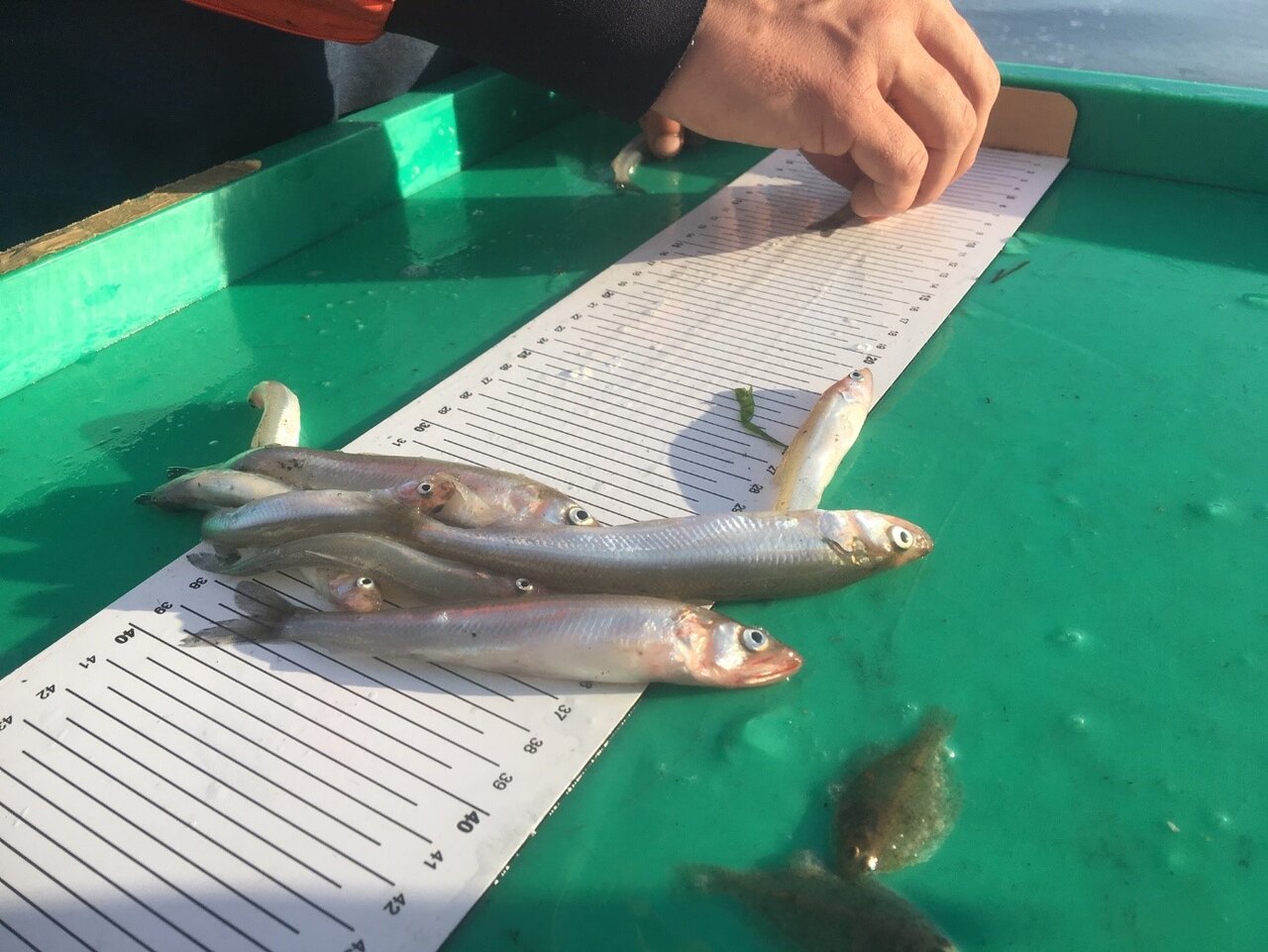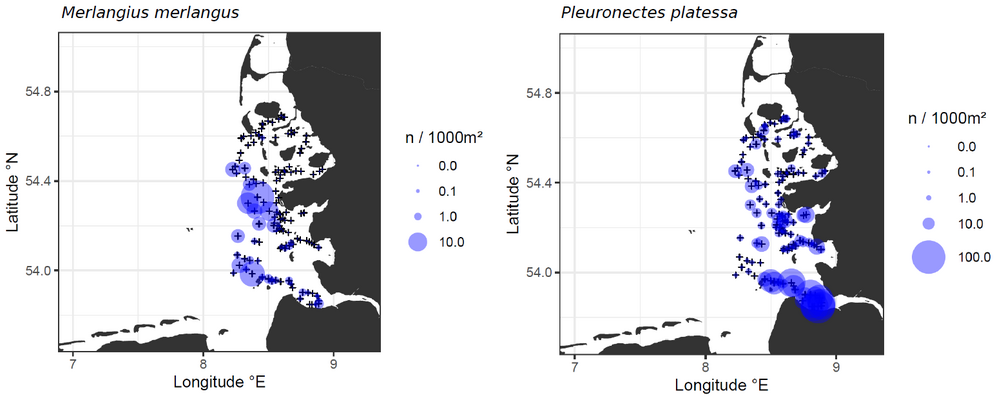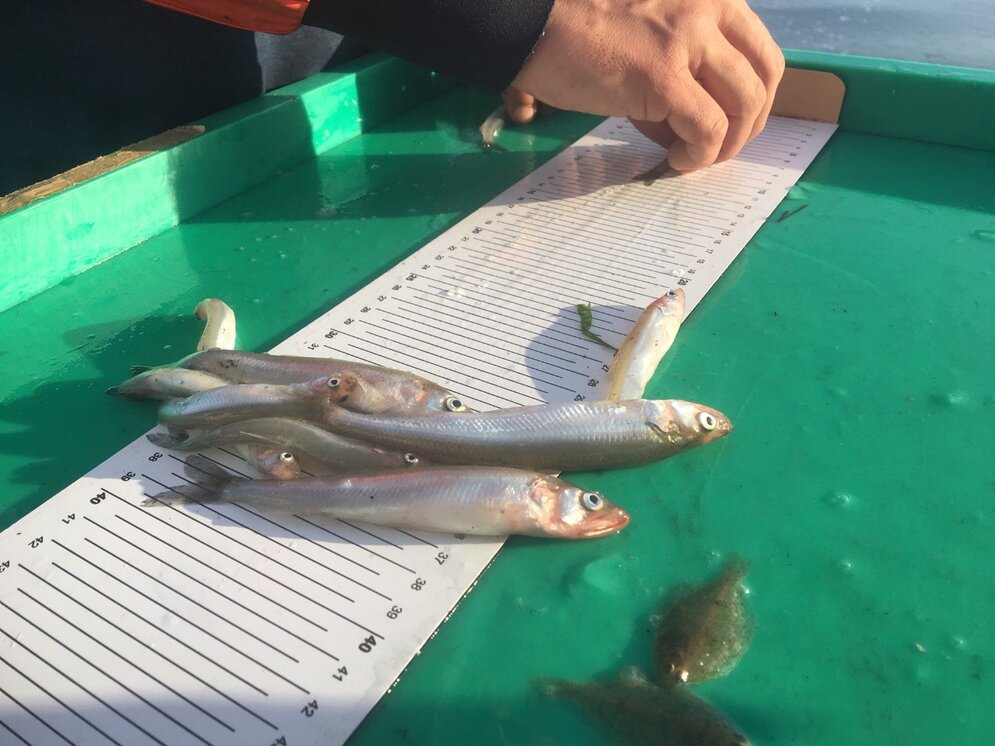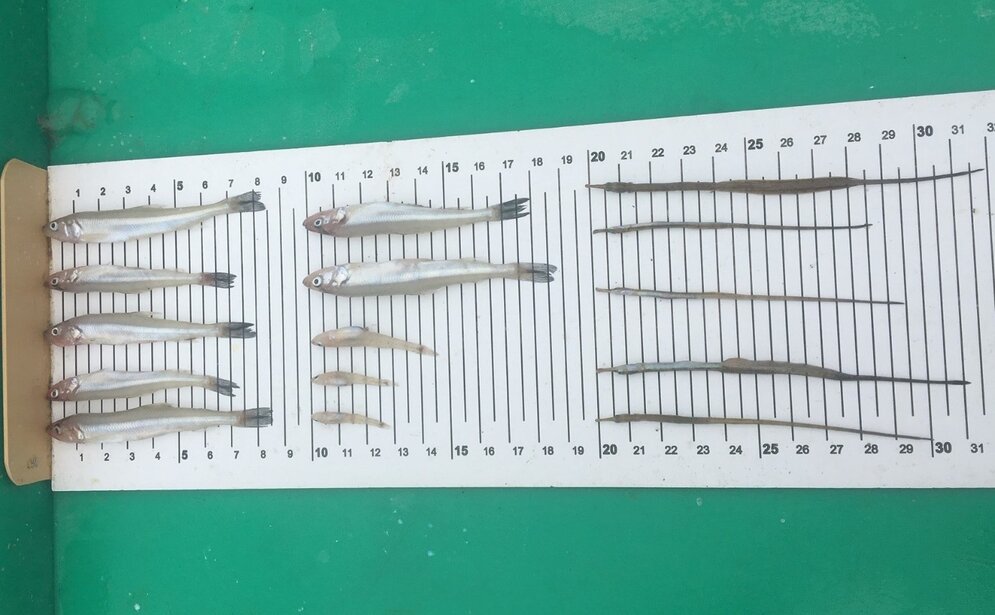Project
FishNet - Food webs in coastal waters of Schleswig-Holstein with a focus on fish.

Fish are an integral part of the ecosystem and it transfers energy via "top-down" and/or "bottom-up" processes through the food web. Fundamental knowledge about essential processes and the functioning of food webs is still missing and hampers the implementation of effective protection measures for fish.
Background and Objective
For the timely implementation of the Marine Strategy Framework Directive (MSFD), it is mandatory for Schleswig-Holstein (German federal state) to answer questions concerning the ecology of fish in its coastal waters on a sound scientific basis. However, there are still knowledge gaps how to assess the good environmental status related to this topic. Time series and monitoring data obtained by the Thünen Institute of Sea Fisheries in German coastal waters shall be used to close these gaps.
Approach
The Thünen Institute of Sea Fisheries compiles spatial and temporal abundance, biodiversity and biomass data of demersal fish and brown shrimp obtained by trawl surveys, e.g. the Demersal Young Fish Survey (DYFS). Further, the Institute of Sea Fisheries gives advice on how to best use official effort and landing data in order to enhance existing food web models with regard to total energy flow in the system. The obtained data shall be incorporated in the ongoing project "FishNet" in which well established food web models are used to investigate the structure of the trophic interactions especially of fish. Overall, this work will help to further develop indicators and assessment tools within the framework of the MSFD with regard to the descriptors D4 (food webs) and D1 (biodiversity).
Data and Methods
Time series of abundance and distribution data of demersal fish and brown shrimp obtained by the Demersal Young Fish Survey (DYFS) will be analysed. Abundances will be standardized and calculated per length class and per station.
Our Research Questions
How is the temporal and spatial distribution of fish and brown shrimp in coastal waters of Schleswig-Holstein? Which general trends and patterns exist?
Thünen-Contact

Involved Thünen-Partners
Involved external Thünen-Partners
- Landesbetrieb für Küstenschutz, Nationalpark und Meeresschutz Schleswig-Holstein
(Husum, Tönning, Deutschland)
Funding Body
-
Bundesland Schleswig-Holstein
(national, öffentlich)
Duration
12.2018 - 8.2019
More Information
Project status:
finished

![[Translate to English:] [Translate to English:]](/media/_processed_/7/1/csm_IMG_7977_large_1defaf5de1.jpg)









